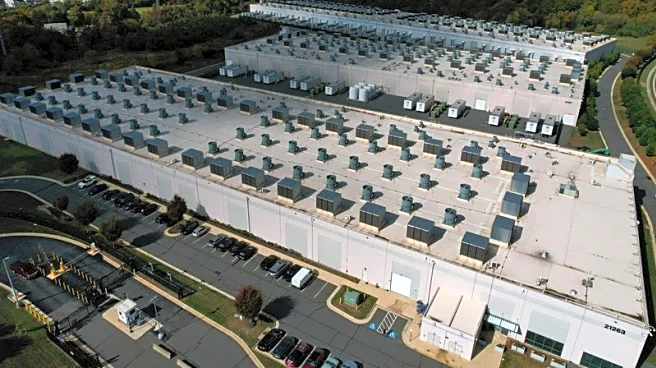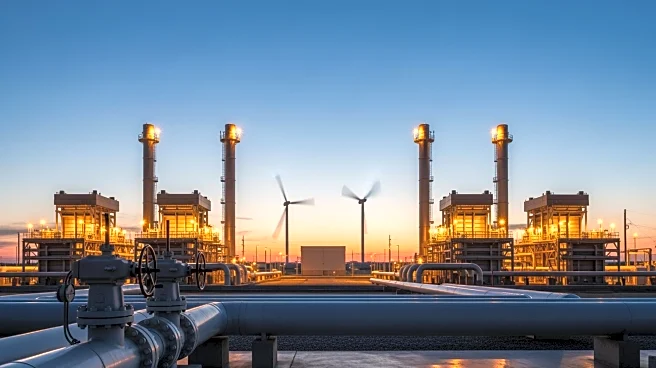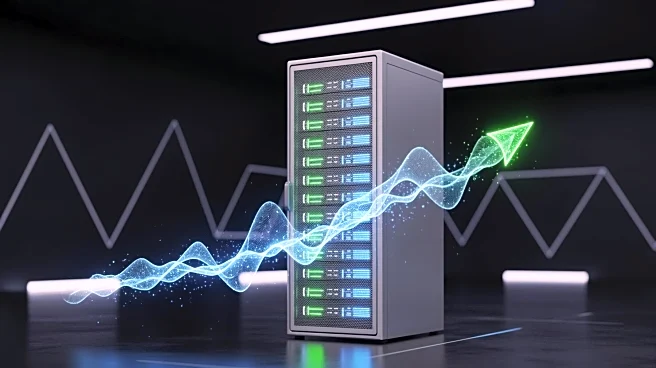By Laila Kearney
(Reuters) -Rising power demand driven by data centers is shrinking U.S. electricity supplies and increasing the risk of energy shortages if extreme winter weather strikes this year, the North
American Electric Reliability Corporation said on Tuesday.
The swift proliferation of data centers in the U.S., along with the electrification of buildings and transportation, is driving up electricity use across the country faster than new power supplies are added to the grid. That dwindling supply can raise the possibility of power shortfalls in extremely cold weather, when energy-intensive heating systems increase overall demand.
After multiple years of flat or near-flat growth, peak demand has grown by about 20 gigawatts, or 2.5%, from last year, NERC officials said in their annual winter assessment of the reliability of the U.S. and Canada's power grids. New electricity net supplies added since last year were less than 10 gigawatts.
"As a result, record-setting demand is anticipated for some areas and may strain the grid in areas with double-digit growth rates," NERC said.
Areas including PJM, the U.S. Southeast, and parts of the U.S. West have the largest increase in peak demand forecasts, NERC said.
The areas that NERC assesses, which include the U.S. and Canada, had adequate power supplies under normal expected winter weather for the three months ending in February, the regulator said. Prolonged and widespread severe frigid weather, however, raises the likelihood of supply shortages in areas including New England, the West, Texas and the Southeast, NERC said.
Growth in power sources like wind and solar, which only produce energy when the wind blows and the sun shines, has added complexity to the grid and intensified reliability concerns in some areas, said NERC. Frigid temperatures can also freeze off natural gas power production and fuel sources, increasing risks.
(Editing by Aurora Ellis)














